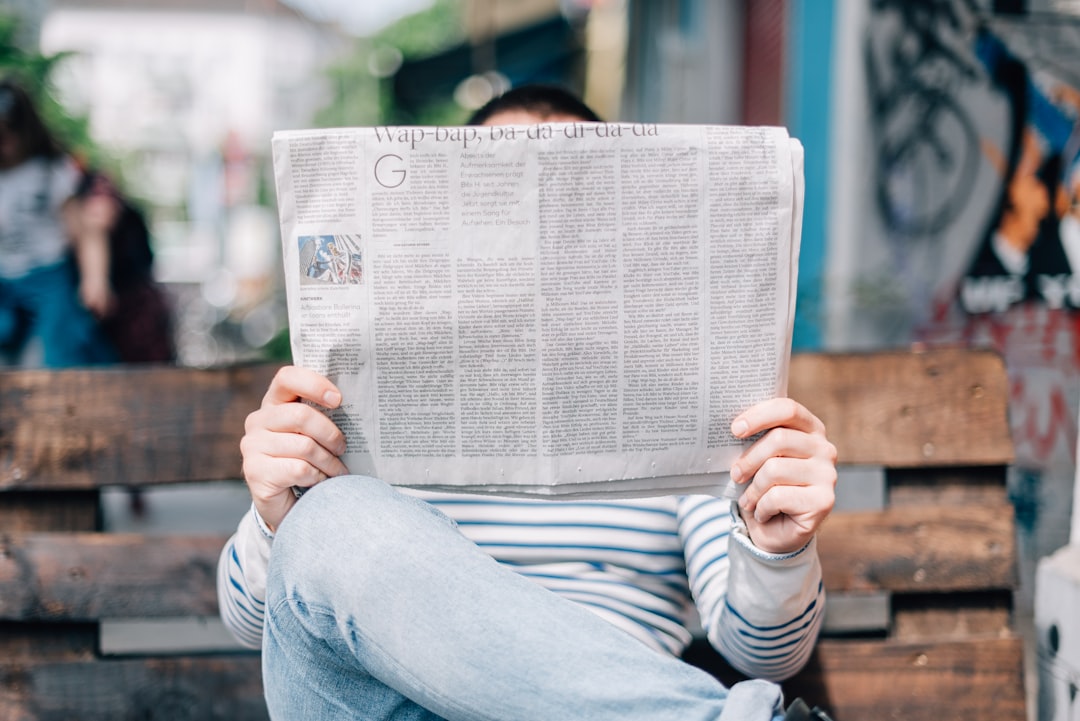
Monetary Policy for Beginners: A Comprehensive Guide
# Introduction. Monetary policy plays a crucial role in shaping a country's economy, influencing everything from inflation rates to employment levels. For beginners, understanding the intricacies of monetary policy can seem daunting, but with the right guidance, it can be simplified and made accessible. In this blog post, we will explore the fundamentals of monetary policy, its tools, types, and its significance in the broader economic landscape. # What is Monetary Policy?. Monetary policy refers to the actions undertaken by a country's central bank to control money supply and interest rates, aiming to achieve macroeconomic objectives such as controlling inflation, stabilizing currency, and promoting economic growth. The main institutions responsible for monetary policy are central banks, like the Federal Reserve in the United States or the European Central Bank (ECB) in the Eurozone. They use various tools to implement monetary policy effectively. # The Tools of Monetary Policy. Central banks have several tools at their disposal to influence economic activity. These include: 1. **Open Market Operations**: This involves buying or selling government securities in the open market to influence the amount of money in the banking system. When a central bank buys securities, it injects liquidity into the economy, lowering interest rates. Conversely, selling securities can help reduce money supply. 2. **Discount Rate**: This is the interest rate charged by central banks to commercial banks for short-term loans. Lowering the discount rate makes borrowing cheaper, encouraging spending and investment. Increasing it has the opposite effect, helping to control inflation. 3. **Reserve Requirements**: This refers to the minimum amount of reserves that banks must hold against deposits. By lowering reserve requirements, a central bank can increase the money supply, while raising them decreases it, impacting lending capacity. 4. **Interest on Reserves**: Central banks can also pay interest on the reserves that banks hold. Adjusting this interest rate can influence banks' willingness to lend. # Types of Monetary Policy. Monetary policy can be classified into two main types: 1. **Expansionary Monetary Policy**: This type aims to stimulate the economy by increasing the money supply and lowering interest rates. It is typically used during periods of economic downturn or recession. By making borrowing cheaper, it encourages consumer spending and business investment. 2. **Contractionary Monetary Policy**: This strategy seeks to reduce the money supply to control inflation. Central banks may implement this during periods of economic growth when inflation risks are higher. By increasing interest rates, borrowing becomes more expensive, slowing down spending and investment. # The Importance of Monetary Policy. Monetary policy is vital for economic stability. It helps manage inflation rates, promoting price stability that enhances purchasing power. Additionally, it influences employment rates by encouraging or discouraging investment from businesses, which in turn affects job creation. A well-balanced monetary policy can help smooth out economic cycles, preventing overheating during booms and stimulating growth during recessions. # The Challenges of Monetary Policy. While monetary policy is a powerful tool, it is not without challenges. Time lags can delay the impact of policy changes, and external factors such as global economic conditions can limit the effectiveness of domestic monetary policy. Moreover, there is often debate among policymakers over the right course of action, reflecting differing economic theories and interpretations. # Conclusion. Understanding monetary policy is essential for grasping how economies operate. By managing the money supply and interest rates, central banks can influence inflation, employment, and economic growth. For beginners, navigating this topic may require some study, but recognizing its importance will enhance your appreciation of economic affairs and the decisions made by central banks worldwide. As you delve deeper into the world of economics, the principles of monetary policy will serve as a foundational aspect of your learning journey. # Further Learning Resources. For those interested in expanding their knowledge of monetary policy, numerous resources are available, including textbooks, online courses, and articles from reputable economic institutions. Don't hesitate to explore these materials to deepen your understanding. --- By following this guide, you'll gain a comprehensive understanding of monetary policy, equipping you with the knowledge needed to engage with economic discussions critically and effectively. .








